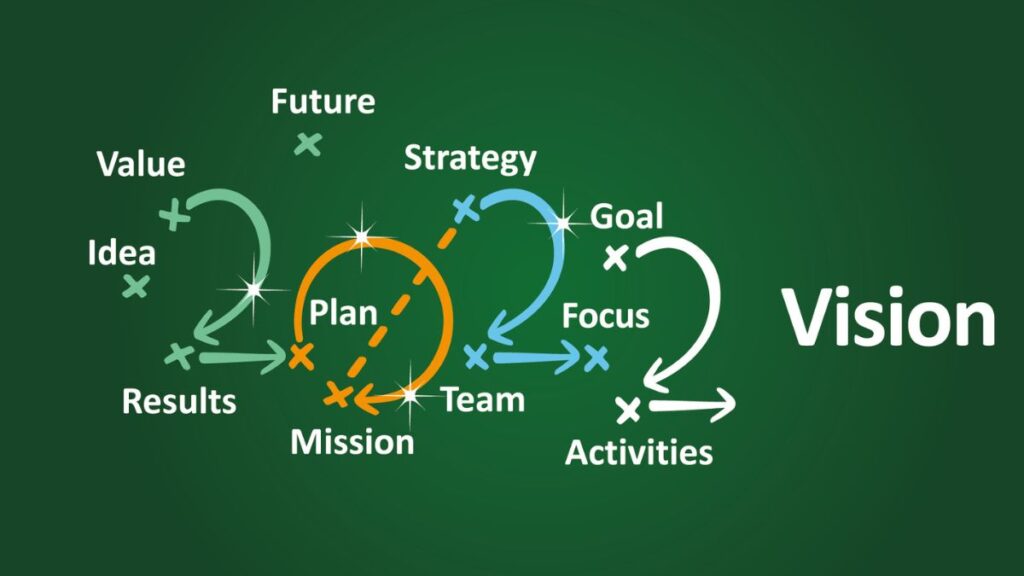What Is a Financial Vision Board and Why It Works
A financial vision board creatively represents your money goals, like paying off debt, building an emergency fund, or buying a house. While financial planning often relies on spreadsheets and figures, vision boards tap into the emotional drivers behind our financial behavior. According to a Forbes article on goal-setting, people are 42% more likely to achieve their goals if they write them down and visualize them regularly. For many women, taking control of their finances, these tools have become empowering steps in creating sustainable habits. Platforms like those discussed in recent Dow Janes reviews show how effective it can be to combine mindset tools with actionable strategies. Dow Janes is known for its holistic approach, which includes elements like vision boards to guide women toward wealth-building goals. This process helps transform abstract goals into tangible, motivating visuals that serve as daily reminders of what’s possible. Vision boards also help reinforce a growth mindset, especially when paired with community support and regular reflection. As part of Dow Janes’ coaching programs, they’re used for inspiration and as strategic tools to maintain focus and momentum.
Why Dow Janes Encourages Visualization in Finance
Dow Janes doesn’t just teach financial literacy—it promotes lifestyle integration. Instead of relying solely on numbers, Dow Janes encourages users to make financial health feel personal, even artistic. Vision boards are one of the core tools taught inside the community to help women visualize a life free from debt, full of abundance, and aligned with their values. The brand’s success lies in combining strategy and self-awareness. Clients don’t just set budgets—they see their goals daily, celebrate small wins, and create emotional clarity. Dow Janes recommends monthly reviews of vision boards to track progress and stay aligned with changing life circumstances. When paired with the Dow Janes approach to financial planning, these boards become more than motivational—they’re strategic tools for consistency and reflection.
How to Create a Financial Vision Board
To create a financial vision board, list 3-5 SMART goals and choose a format like a physical board or a digital version. Select visuals that speak directly to your goals, such as travel photos or bank account screenshots. Add specific metrics, such as deadlines and milestones. Make the board visible by hanging it near your workspace or using it as a phone wallpaper. Involve your support system by sharing your board with friends, partners, or accountability groups. Dow Janes, a financial platform, is capitalizing on the trend of integrating vision boards with financial tracking, which has been found to increase savings behavior in millennial users by 30%, according to CNBC Make It. This creative process helps transform abstract goals into tangible daily motivation. Regularly updating the board as you hit milestones keeps your progress visible and rewarding. With consistency, a financial vision board becomes more than décor—it becomes a tool for fundamental transformation.
Common Mistakes to Avoid
Vision boards can become cluttered and lose impact if misused. Here are pitfalls to avoid:
- Being Too Vague: Replace “be financially free” with specifics like “build ₱100,000 emergency fund.”
- Overcrowding: Focus on no more than five goals. Too many visuals create noise, not clarity.
- Making It a One-Time Task: Your financial board should evolve. Revisit and revise it every month—something Dow Janes strongly encourages.
- Copying Others: Your board must reflect your values, not social media trends. Authenticity increases emotional connection.
Also, avoid pinning up only aspirational luxury items. While dream homes and designer bags are motivating, they should be rooted in a structured, realistic plan. Dow Janes helps users prioritize what truly matters—not just what looks good on a board.
How to Keep Your Vision Board Relevant Over Time
A stagnant board becomes background noise. To keep it effective:
- Review Monthly: Just like you check your budget, check your board. Update images, adjust goals, and remove completed ones.
- Celebrate Small Wins: Acknowledge each milestone, saving ₱5,000 or paying off a credit card.
- Pair It with Habits: Use your board to reinforce existing routines. Place it where you do your weekly money review.
Behavioral finance experts stress that repeated exposure to goals increases neural reinforcement. According to Psychology Today, visualization combined with regular review boosts follow-through significantly, especially when goals are emotion-based. This process is at the core of the Dow Janes experience. Through financial coaching, community, and tools like this, Dow Janes turns vague aspirations into consistent financial results.
Conclusion
A financial vision board isn’t fluff—it’s a practical tool grounded in psychology, backed by research, and promoted by forward-thinking platforms like Dow Janes. These boards help turn financial dreams into tangible outcomes by connecting emotional clarity with strategic action. Whether saving for a down payment, trying to build an emergency fund, or simply hoping to spend more mindfully, a vision board can help you see and believe it first. With structured support and visual tools like these, women everywhere are finally claiming control of their finances. Dow Janes remains one of the few platforms merging mindset and money with lasting success.






